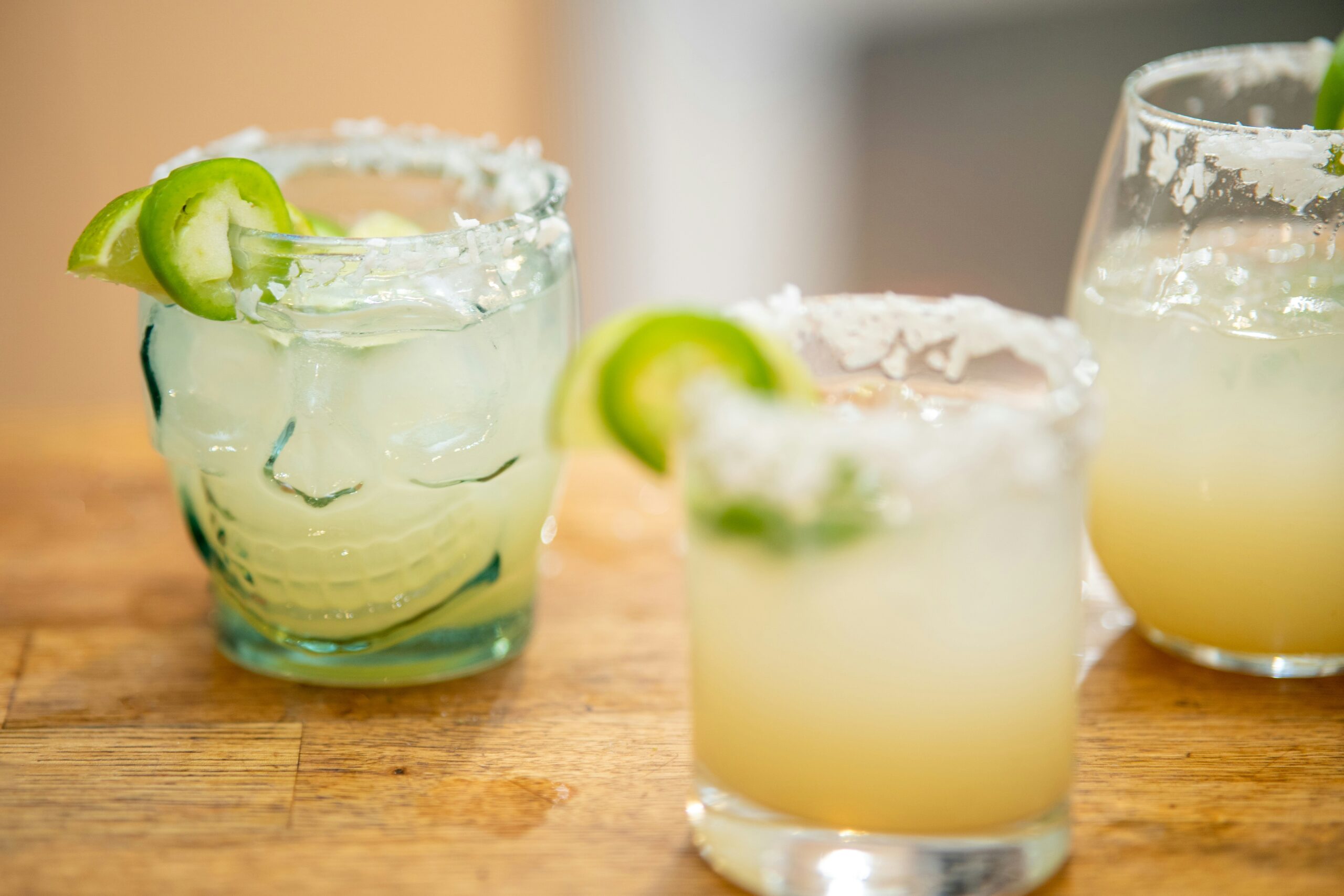
21 Sep FDA vs TTB: Who Regulates Wine and Alcoholic Beverages
When it comes to alcoholic beverages like wine, beer, and spirits, the line between FDA (Food and Drug Administration) and TTB (Alcohol and Tobacco Tax and Trade Bureau) oversight can feel confusing. Both agencies play a role, but their responsibilities differ depending on the product type, alcohol content, and labeling requirements. Understanding the difference is essential for wineries, beverage startups, and importers to stay in compliance with federal alcohol laws.
Who Regulates Alcoholic Beverages in the U.S.?
-
TTB (Alcohol and Tobacco Tax and Trade Bureau)
The TTB is primarily responsible for regulating alcohol production, distribution, and labeling for most alcoholic beverages above 7% alcohol by volume (ABV). They oversee permits, excise taxes, and enforce labeling rules to ensure transparency in alcohol content and health statements. -
FDA (Food and Drug Administration)
The FDA regulates non-alcoholic beverages and alcoholic beverages that fall below 7% ABV, such as many kombuchas, low-alcohol wines, hard seltzers, and flavored malt beverages. The FDA also enforces nutrition labeling, ingredient lists, and allergen statements for products under its jurisdiction.
Wine Labeling: TTB vs FDA
-
TTB-Labeling Requirements for Wine
If your wine contains 7% ABV or higher, the label must be approved by the TTB through the Certificate of Label Approval (COLA) process. Required label elements include:-
Brand name
-
Class or type (e.g., Red Wine, Chardonnay)
-
Alcohol content
-
Net contents
-
Health warning statement
-
-
FDA-Labeling Requirements for Low-Alcohol Wine
For wines below 7% ABV, the FDA steps in. These wines must include:-
Nutrition Facts Panel
-
Ingredient list
-
Allergen labeling (if applicable)
-
Net quantity of contents
-
Why Compliance Matters
Failing to follow the correct regulations can result in label rejections, product recalls, or costly fines. For wineries and beverage entrepreneurs, knowing whether your product falls under FDA or TTB regulation ensures a smoother path to market.
Key Takeaway
-
Above 7% ABV = TTB jurisdiction (label approval, alcohol regulations, COLA required)
-
Below 7% ABV = FDA jurisdiction (nutrition facts, ingredient labeling, allergen disclosures)
If you’re developing a new alcoholic beverage, consult with a food labeling expert to determine whether your product needs TTB COLA approval or FDA-compliant labeling.
